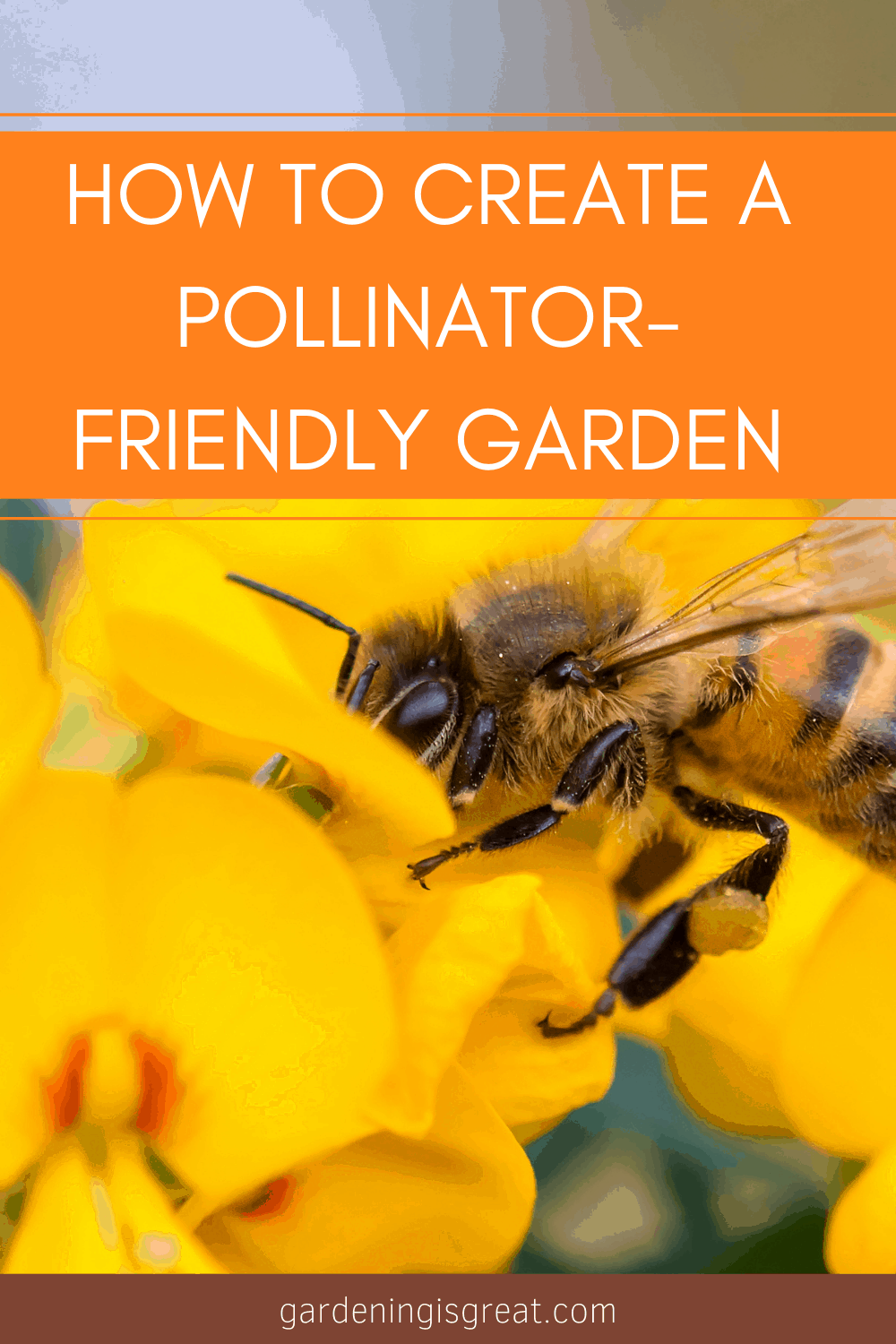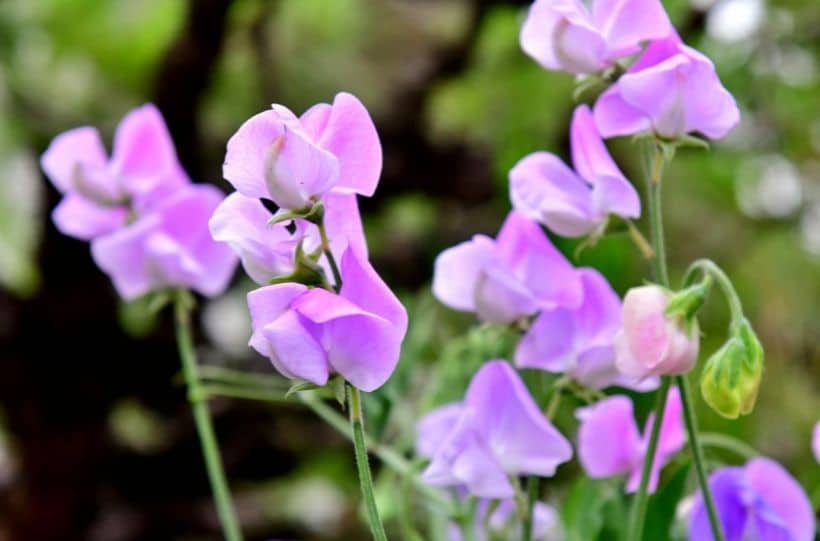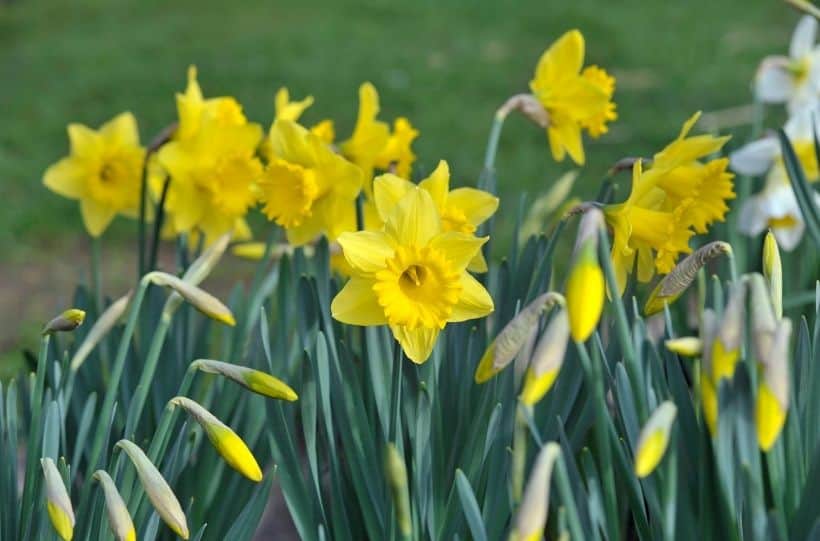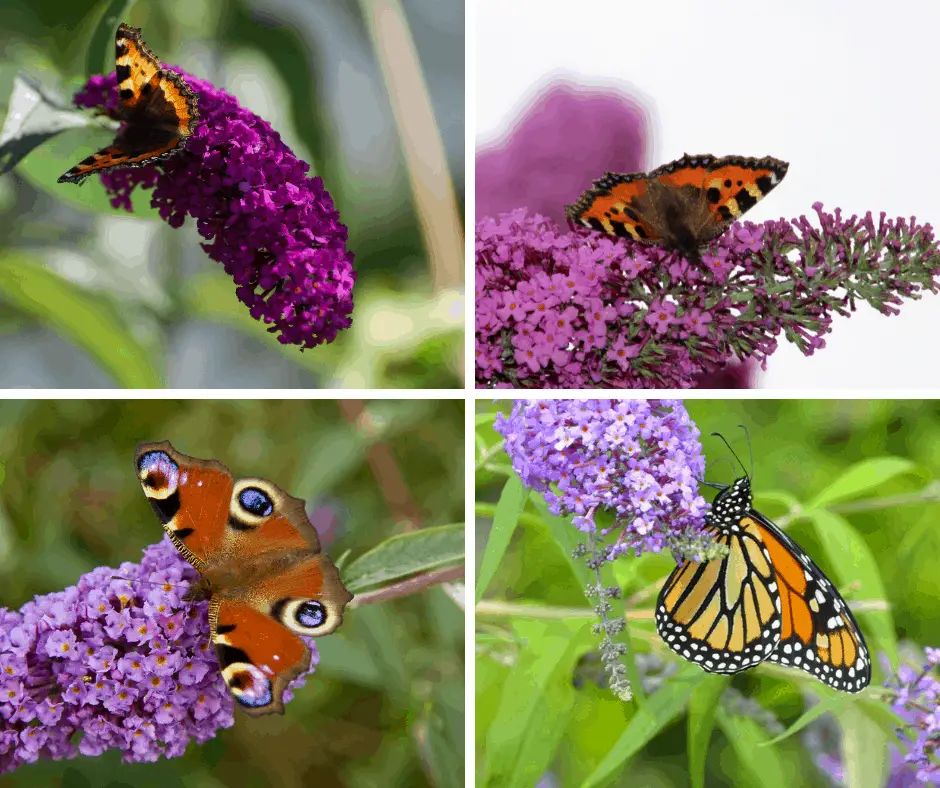How to Create a Pollinator-Friendly Garden
Pollinators are a gardener’s best friend. If you aren’t encouraging pollinators into your garden, then you are missing an opportunity to help your garden bloom. Not to mention helping local wildlife.
Creating a pollinator-friendly garden will encourage local pollinators such as bees, butterflies, and types of birds to visit your garden. When they do, they help to spread pollen between your plants and fertilize them.
Unlike pests, pollinators are an ally. It is a mutual benefit of providing nectar for them to consume, whilst they help your garden to grow.
If you are wanting to encourage more pollinators into your garden, take a look at this guide showing you how to create a pollinator-friendly garden.

What is a Pollinator-Friendly Garden?
As you may have already guessed, a pollinator-friendly garden is an outdoor space that encourages pollinators to visit. It is an area that offers a range of flowers that attract pollinators such as butterflies, bees, hummingbirds, and wasps.
What Makes a Good Pollinator Garden?
Creating a good pollinator garden can take a bit of time, careful planning, and some maintenance. Before creating a pollinator garden, ensure to consider:
- Selecting a wide range of pollinator-friendly plants.
Pollinator-friendly plants are plants that benefit pollinators such as butterflies and bees. They provide nectar for pollinators that in turn help to spread the pollen from flower to flower.
Providing a range of pollinator-friendly plants rather than one type of flower encourages pollinators to spend more time in your garden. Keep reading for a list of pollinator-friendly plants.
- Blooming Period
When you do select pollinator-friendly flowers, make sure to choose flowers with different blooming periods. This helps to provide nectar to pollinators over a longer period instead of planting flowers that all bloom in 2 months.
- Chemicals
Chemicals are deadly to pollinators. If you aren’t planting flowers from seeds you have directly sown, only choose plants that have not been treated with any chemicals. These include pesticides, insecticides, or neonicotinoids.
Using these chemicals can negatively harm pollinators in such a way that they can no longer reproduce, or even kill them.
What Are Some Pollinator-Friendly Plants?
Pollinator-friendly plants are vital to creating a pollinator-friendly garden. These plants are vibrant and full of nectar for pollinators to feed on.
- Lavender
Lavender is a highly scented flower attracting bees, butterflies, and wasps. Lavender offers beautiful, delicate purple flowers, but it is a fast grower. At the end of each pollinator season, ensure to cut back your lavender to encourage new growth.
- Sunflowers
Due to their height and bright display, sunflowers are a firm favorite plant for bees. They bloom in summer and love to be planted in direct sunlight. Once the growing season has finished, you can harvest the sunflower heads and use the seeds as either bird feed during the winter or replant next spring.
- Sweet Pea
Sweet peas have a long flowering season from June to October, making them perfect for pollinators. Due to flowering for a long period, they provide pollinators with much-needed nectar towards the end of the growing season in September and October.

Like sunflowers, sweet peas like full sunlight. Though they have a weaker stem and do require support to encourage upwards growth.
- Buddleia
Buddleia bushes are well-known for attracting butterflies. They can grow from 6feet to 16 feet tall and display cone shapes of tiny flowers. Though the flowers are small, they are highly fragrant and are a haven for butterflies from July to September.
- Daffodil
Being a springtime flower, daffodils offer pollinators food before the peak flowering season in summer. Daffodils are very versatile and can survive in cooler weather and don’t necessarily require full sunlight either.

The great news with daffodils is that they return year after year, so don’t require replanting.
How To Create a Pollinator-Friendly Garden?
Now you know what pollinators are and what they need, here are some steps to take to create your very own pollinator-friendly garden.
Keep in mind that pollinators are most common during the summer months, but are also active in Spring and Autumn. So it is a good idea to have your pollinator-friendly garden ready at the beginning of Spring.
Any major alternations to your garden could disrupt pollinators and deter them from your garden. It is best to keep on top of general garden maintenance when pollinators are most active and leave the big gardening jobs till either the end of Autumn or the beginning of Spring.
Here are 5 steps you should implement to create a pollinator-friendly garden:
- Less Weeding
Did you know the plants gardeners usually class as weeds are great for pollinators? Dandelions, clover, and daisies are just some of the plants that pollinators such as bees feed on.
I know many gardeners strive for that magazine-perfect striped lawn, but to create a pollinator-friendly garden, consider lengthening the period between each trim.
- Range of Flowers All Season
As mentioned earlier in this post, offering a wide range of flowers not only encourages pollinators to stay in your garden for longer. But it also supports them throughout the season.
Consider planting a range of flowers that have flowering seasons spanning spring, summer, and autumn. Such as daffodils, sunflowers, and dahlias.
- Create Bee Hotels

Solitary bees will often lay their eggs low on the ground. Providing them with a safe space such as building a bee hotel out of wood and hollow sticks would encourage them to visit your garden.
- Sow Wildflowers
Wildflowers are important for the ecosystem and encourage attract a range of wildlife including pollinators. Flowers such as poppies, agrimony, and betony are all good choices for sowing in an unused space of your garden.
If you are struggling for space or lawn, consider planting wildflowers in hanging baskets or pots.
- Supply Fresh Water
Just like you and me, pollinators need freshwater too. You can place a tray with pebbles or marbles inside and add freshwater to provide a water source for bees and butterflies. Or for birds, you can fill a birdbath.
Make sure to regularly replace the freshwater used. If this is left too long, it encourages insects and bacteria to form.
By following these steps, you can create a pollinator-friendly garden. Your garden will encourage pollinators to visit and aid their survival.
Pollinators are beneficial and help contribute to fertilizing many crops around the world. So helping to increase their numbers is beneficial not just to your garden, but to the local fruits and vegetables are grown also.

Remember, pollinators need:
- A range of plants that flower throughout Spring, Summer, and Autumn.
- A supply of freshwater
- Places they can rest and take shelter e.g. wildflowers or bug/bee hotels
- Plants with no chemicals which could cause them harm.
For more top tips on growing flowers in your garden, take a look at these posts:

